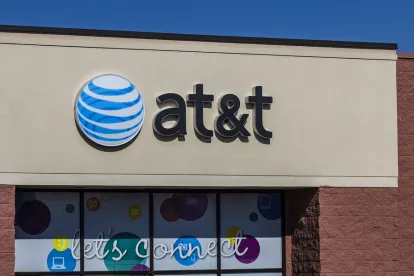The US Court of Appeals for the Federal Circuit affirmed a district court dismissal, finding that a patent license implicitly licensed all parents and continuations that disclosed the same invention as the explicitly licensed patent. Cheetah Omni LLC v. AT&T Services, Inc., Case No. 19-1264 (Fed. Cir. Feb. 6, 2020) (Lourie, J).
Cheetah owns a patent directed to optical communication networks. Cheetah alleged that AT&T infringed the patent by making, using, offering for sale, selling or importing fiber equipment and services for use in its fiber optic communication network. In response to the allegations, Ciena Communications and Ciena Corporation (collectively, Ciena) moved to intervene, because they manufacturer and supply certain components for AT&T’s fiber optic network. After the district court granted Ciena’s motion to intervene, Ciena and AT&T moved for summary judgment that Cheetah’s infringement claim was barred by settlement in a prior litigation.
In the prior litigation, Cheetah brought suit against Ciena and Fujitsu Network and executed two license agreements involving a related patent. The family relationship between the patent asserted against AT&T (the ’836 patent) and the related patent licensed in the prior litigation (the ’714 patent) is depicted in this image.
Ciena and AT&T argued that the prior licenses included implicit licenses to the asserted patent that covered all of the accused products. The district court agreed and granted summary judgment. Cheetah appealed.
The Federal Circuit determined that under the terms of the prior license, Ciena had an express license to the ’714 patent and all parents, which thus included the ’925 patent. The Court found that the question presented in this appeal was whether the asserted patent (the ’836 patent), which is a continuation of a continuation of the ’925 patent, was implicitly licensed. As the Court framed the issue “because the uncle and grandparent of the ’836 patent [] are licensed, is the ’836 patent also licensed?”
The Federal Circuit answered in the affirmative, finding that the prior licenses included an implied license to the asserted patent that extended to cover AT&T’s accused systems. The Court found that because the ’925 license was an expressly licensed patent in the prior licenses, the prior licenses include an implied license to a continuation of its continuation (i.e., the asserted ’836 patent).
The Court also noted that the licensed patent disclosed the same inventive subject matter as the asserted patent. If Cheetah did not intend for the asserted patent to be part of the prior license, it would be expected to specifically carve out continuation patents that it intended to exclude, because it has the most information about its patent portfolio. The Court therefore affirmed the district court’s grant of summary judgment.




 />i
/>i

